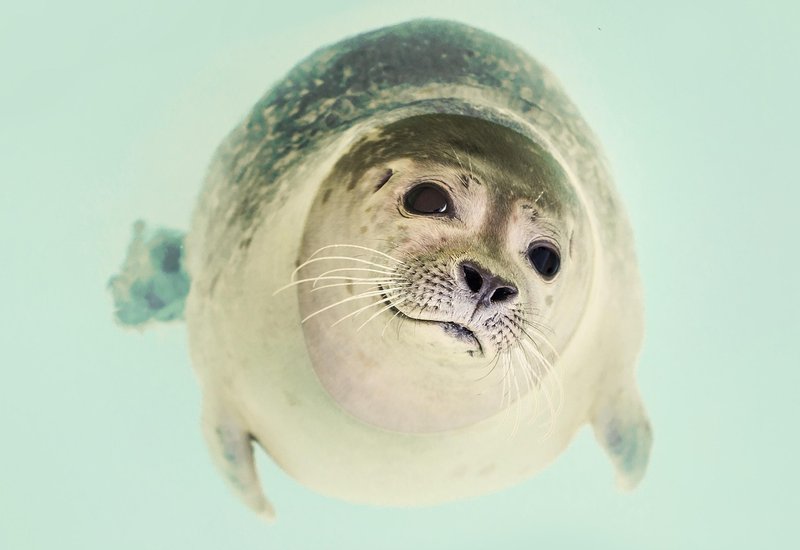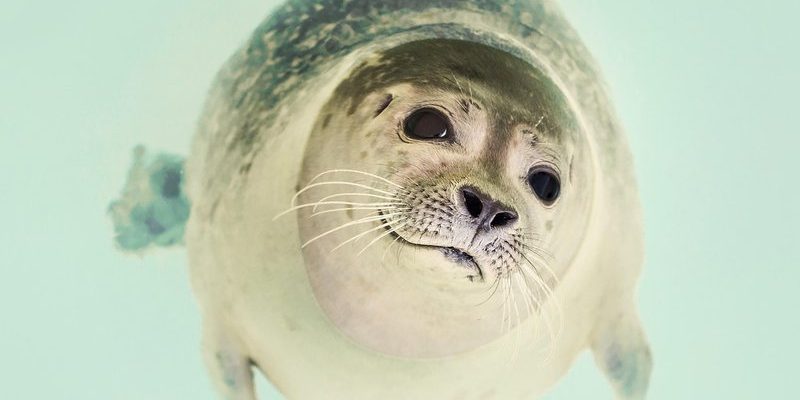
In this article, we’ll dive into the diverse habitats of seals and explore the various environments they call home. You might be wondering about the different types of seals and how their surroundings affect their behavior and lifestyle. So, grab your favorite drink, and let’s swim through the fascinating world of seals together!
The Diverse World of Seals
Seals belong to the pinniped family, which means “flipper-footed.” This group includes true seals, eared seals (like sea lions), and walruses. Each type has unique adaptations that help them thrive in their specific environments. For instance, true seals tend to be more streamlined for swimming, while eared seals are more agile on land.
Let’s break it down a bit further. True seals, like the harbor seal and gray seal, typically have small front flippers and are often seen lounging on rocks or beaches. In contrast, eared seals, such as the California sea lion, have external ear flaps and can “walk” on land using their larger flippers. Lastly, walruses are distinct with their tusks and whiskers, often found in icy habitats.
Understanding the differences between these seal types is crucial, as it helps us see how each one is uniquely equipped to navigate their environments.
Seals in the Ocean
The vast majority of seals are ocean dwellers, and the ocean is a key part of their identity. You can find them in both coastal waters and open seas around the globe. From the cool waters of the North Atlantic to the warmer Pacific coasts, seals have adapted remarkably well to their surroundings.
Oceanic seals often hunt for fish, squid, and crustaceans. They dive deep and can hold their breath for several minutes while pursuing prey. You might catch sight of them bobbing on the surface, or maybe even leaping joyfully out of the water. These playful antics are not just for show—they help seals shake off water and cool down after diving.
Coastal regions are especially important for seals, as these are often where they haul out to rest, breed, and give birth. Seal rookeries, or breeding grounds, are usually located on secluded beaches, rocky shorelines, or ice floes. Protecting these habitats is vital for the survival of seal populations.
Seals in Rivers and Estuaries
Believe it or not, some seals also venture into rivers and estuaries. This may sound surprising, but species like the harbor seal can be spotted swimming upstream in freshwater systems, especially in places where rivers meet the sea.
Estuaries are particularly rich feeding grounds because they serve as nurseries for fish and other marine life. Seals take advantage of these abundant resources, often foraging for fish near the river mouths where the saltwater meets freshwater. Not only do they hunt here, but they also find quiet spots to rest between dives.
While seals in rivers might not be as common, their presence highlights the importance of healthy river ecosystems. When these environments are threatened—whether by pollution or habitat destruction—seal populations can be significantly impacted.
Ice Habitats and the Arctic Regions
When you think of seals, the image of icy landscapes probably comes to mind. Many seals thrive in Arctic and Antarctic environments. Species like the bearded seal and Weddell seal are perfectly adapted to life in these frigid waters.
Seals in these regions depend on sea ice for several reasons. They use it as a resting place, a platform for giving birth, and even a spot to escape from predators like orcas. The ice also provides essential insulation from the cold waters, allowing them to conserve energy.
Unfortunately, climate change poses a serious threat to these icy habitats. As temperatures rise, the sea ice is melting, putting pressure on seal populations. Protecting these regions is crucial not just for seals, but for the entire ecosystem that relies on these icy habitats.
Seals and Their Coastal Habitats
Coastal habitats are crucial for seals as they offer the perfect blend of hunting grounds and safe resting spots. These areas are usually rich in biodiversity, making them ideal for seals to find food. Whether it’s rocky shorelines or sandy beaches, seals are often seen lounging about.
One of the most famous examples of coastal seal populations can be found in places like Monterey Bay in California or the Farne Islands in England. These regions provide not just ample food but also safe breeding areas away from potential dangers.
In these coastal habitats, seals can be vulnerable to human activities. Coastal development, pollution, and disturbance from boats can significantly impact their comfort and safety. It’s essential to promote responsible practices when enjoying coastal areas to help protect these remarkable creatures.
Conservation of Seal Habitats
Protecting seals means safeguarding their habitats. Conservation efforts are vital as many seal species are threatened or endangered due to pollution, climate change, and habitat loss. Organizations around the world are working hard to protect these animals and their environments.
One effective approach is establishing marine protected areas (MPAs) where human activity is limited. These areas can help restore and maintain healthy ecosystems, allowing seals and other marine life to thrive. Public education campaigns also play a big role in creating awareness about the challenges seals face and how individuals can help.
Ultimately, the responsibility lies with all of us to be advocates for seals and their habitats. Whether it’s participating in local clean-up efforts or supporting wildlife organizations, every little action counts.
Seals are truly remarkable creatures with a wide range of habitats, from oceans to rivers and icy regions. Each environment presents unique challenges and opportunities for these animals. Understanding where seals are found not only enhances our appreciation for them but also underscores the importance of conservation efforts.
So next time you’re near the coast or a river, keep an eye out for seals. You might just spot one basking in the sun or diving through the waves. By protecting their habitats and raising awareness, we can ensure that future generations will continue to enjoy the presence of these incredible marine mammals. Let’s work together to keep their world thriving.

